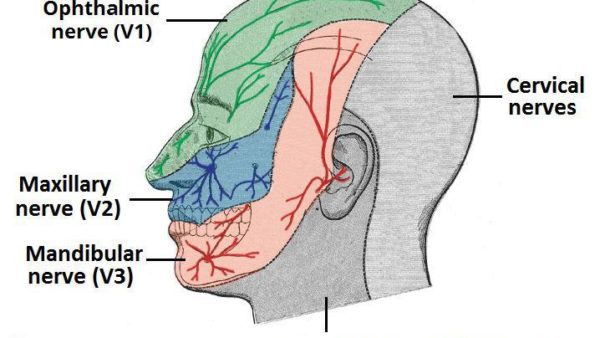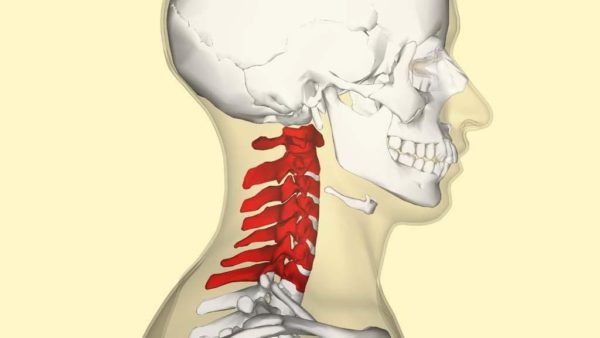
Blog
Talking Brain Episode 1: Critical interventions to improve neurotrauma outcomes
Talking Brain Episode 1: Professor Uff talks about the future of neuroscience
Cavernous Sinus Syndrome
The Cavernous Sinus is one of the intracranial venous sinuses within the meninges. It derives its name from small septations which lead to its “cavernous” or cave-like structure. In this article, we will briefly discuss the anatomy and function of the cavernous sinus, as well as explore some of the conditions that can affect it. […]
Cervical Radiculopathy
“Cervical” refers to the cervical spine, consisting of 7 vertebrae; and located at the upper end of our spine (around the back of our neck area). “Radiculopathy” refers to what we might call a ‘pinched nerve’. Figure 1 – Overview of the cervical spine (sourced from: https://teachmeanatomy.info/neck/bones/cervical-spine/ Cervical Radiculopathy is a clinical condition, whereby one or more […]




